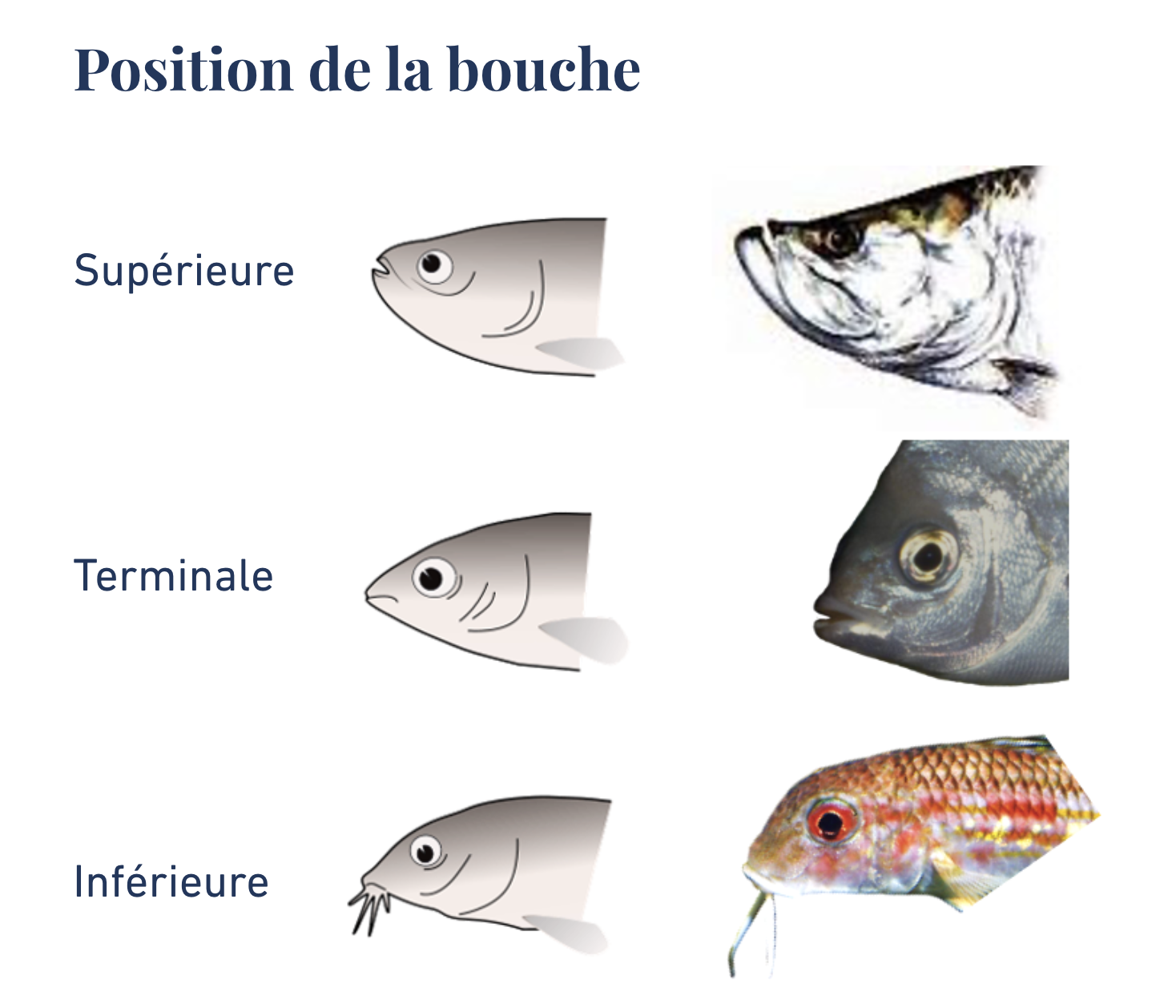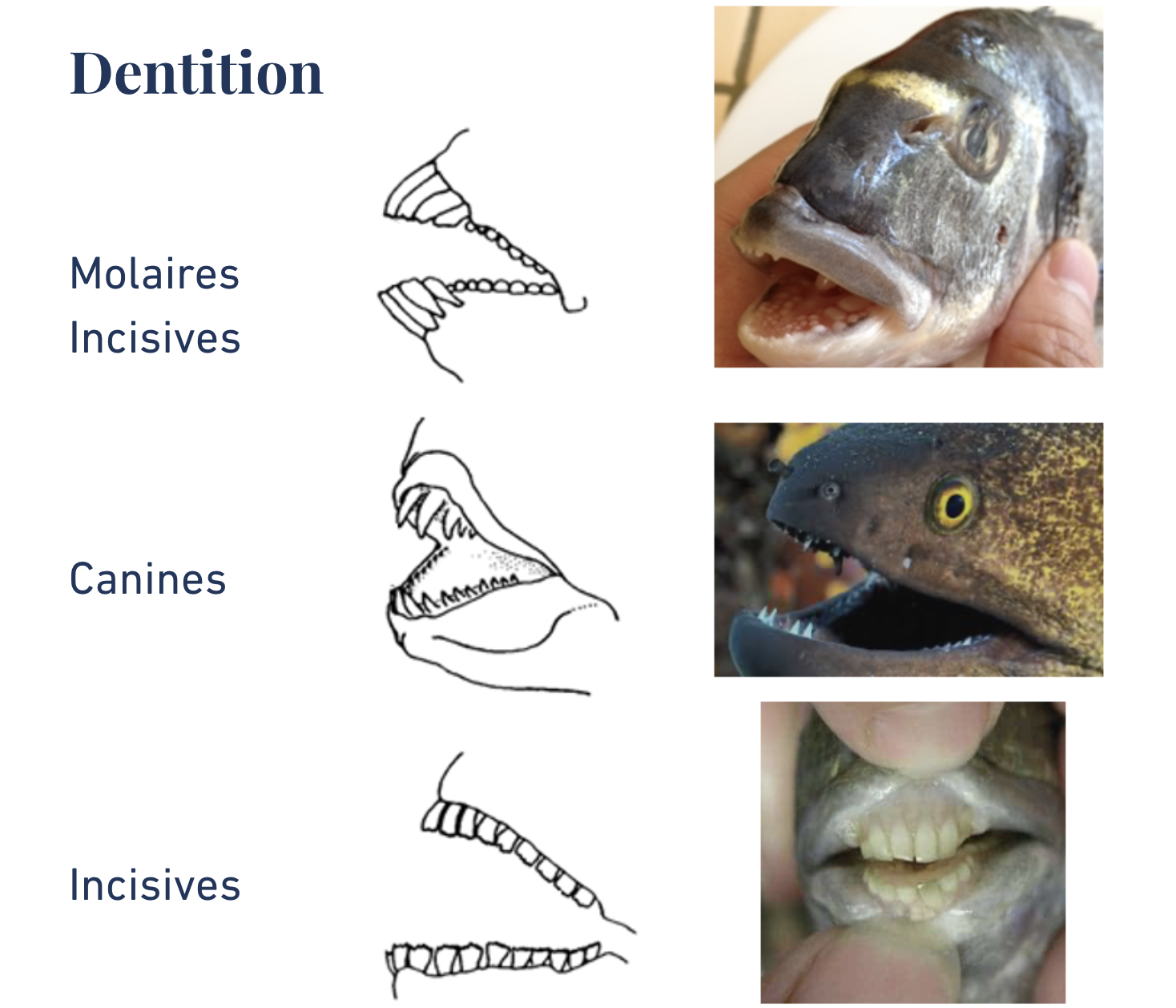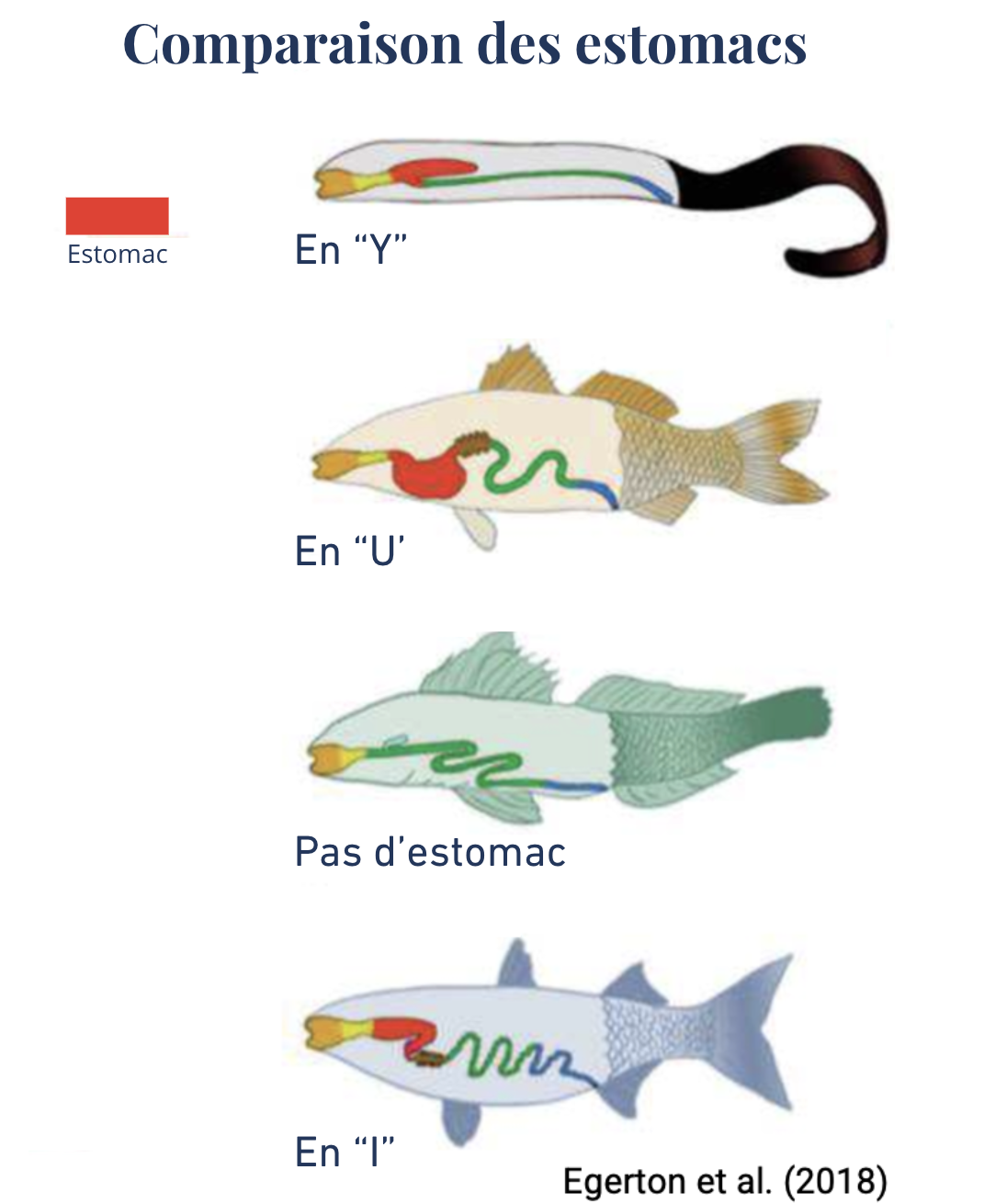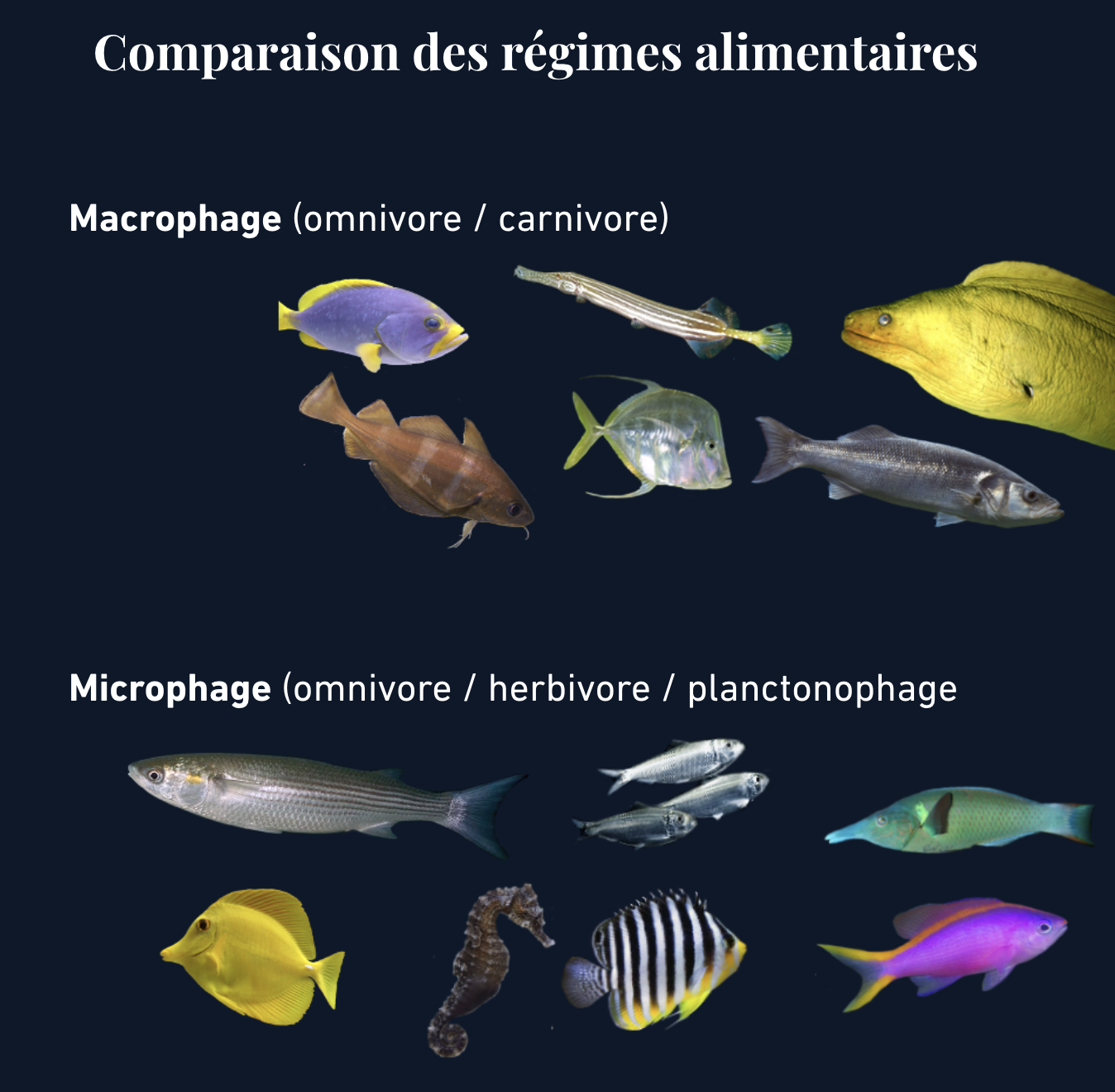Feeding adapted to each type of eater
For microphages: food is a round-the-clock process!
Some species need to eat… every 15 minutes! It’s impossible to do this by hand. Here are our solutions:
- Automatic injection of Artemia Nauplii: perfect for plankton eaters such as atherines, mullets, woodcocks, anthias, Heteroconger…
- Mysis dispenser: developed for our seahorses, it works by overflowing with a pump.
- Seaweed-based pellets: Acanthuridae, herbivores, are automatically fed seaweed-based pellets.
Macrophages: tailor-made with tweezers
Predatory species such as Aulostomus and moray eels require more attention:
- Targeted hand-feeding: each individual is identified, trained and fed by hand.
- Monitoring food intake: we check what each fish eats.
- Avoid competition for food: for example, selene are too large to access moray platforms. Less conflict, more efficiency.




